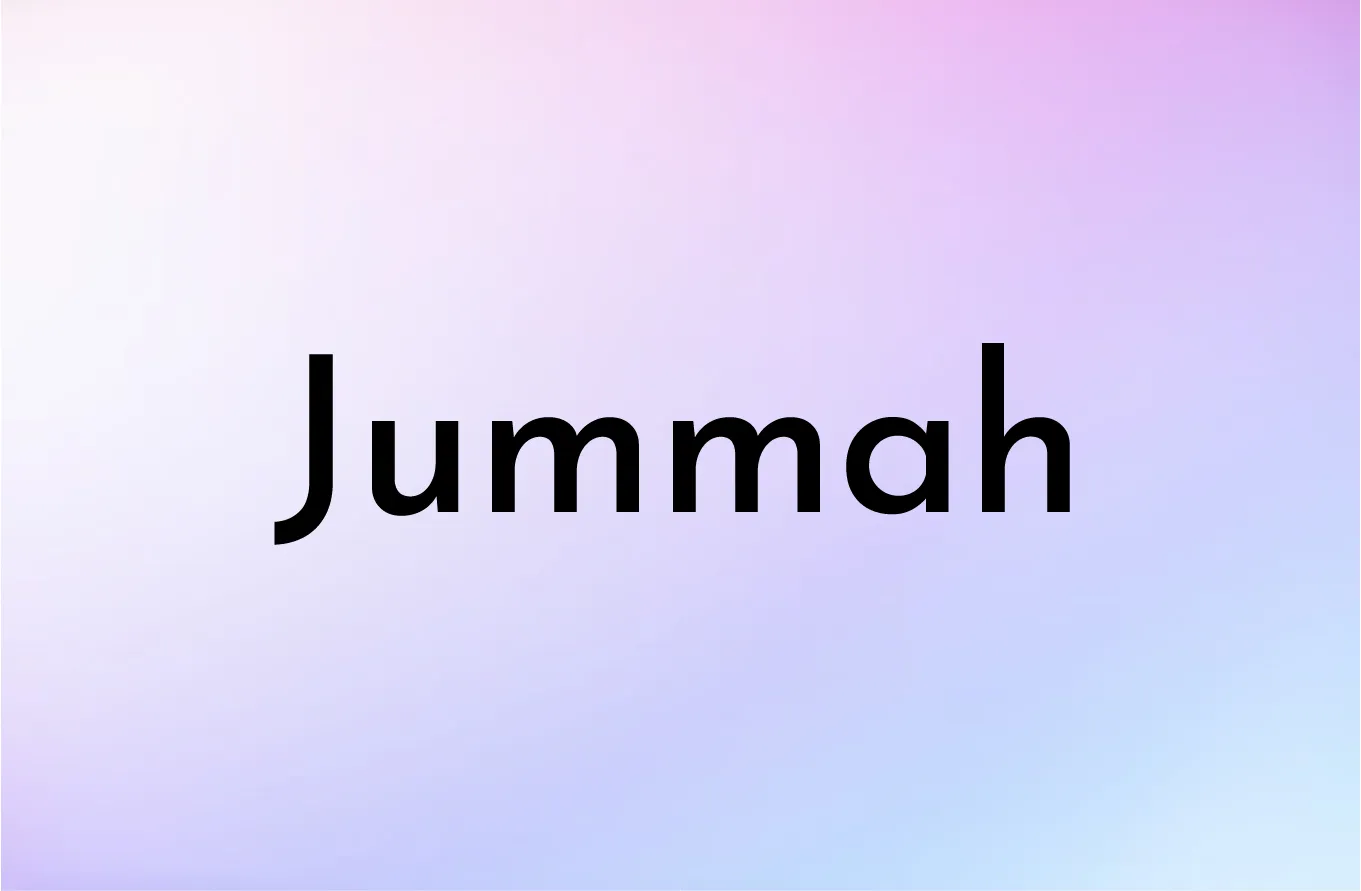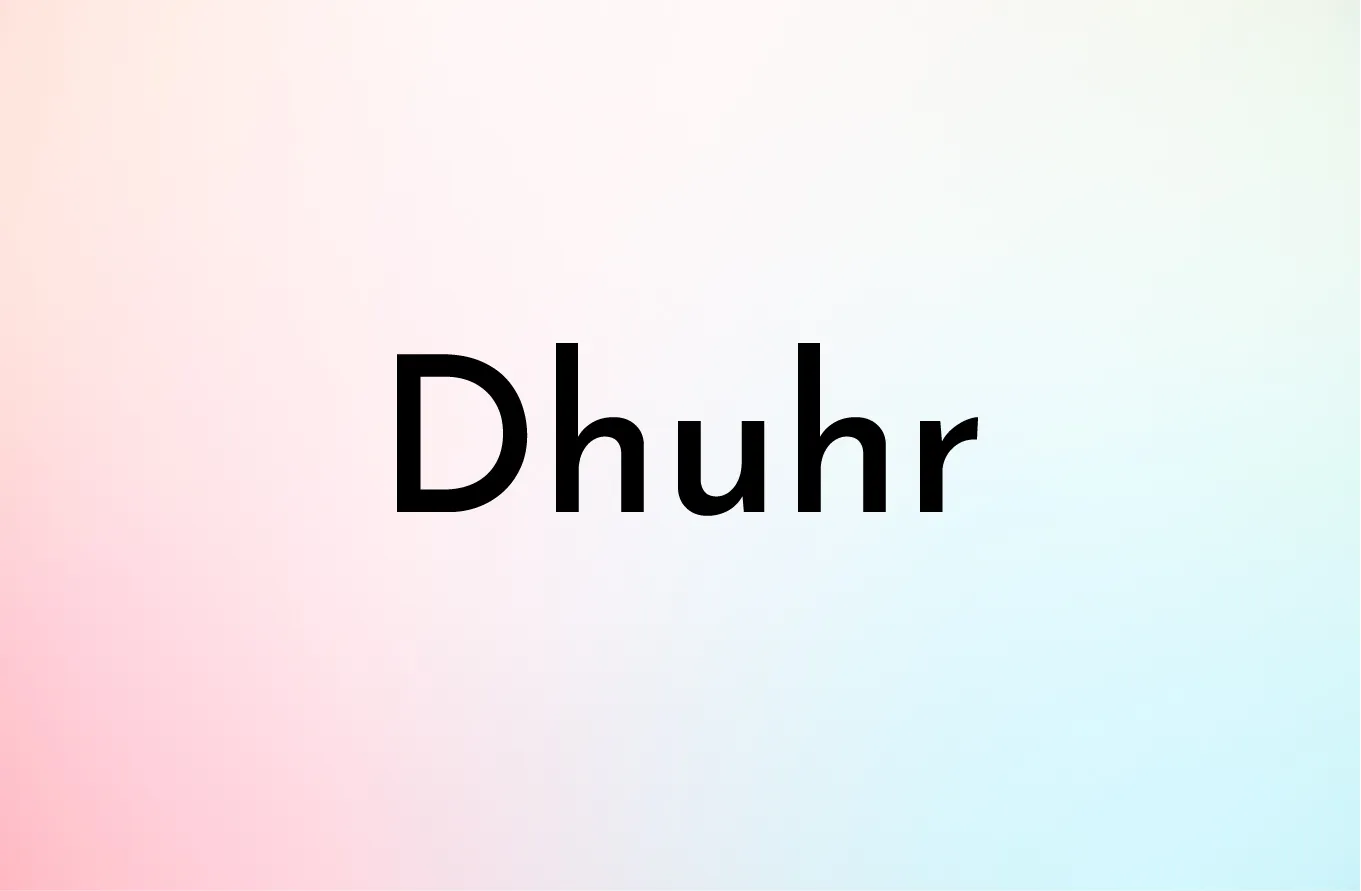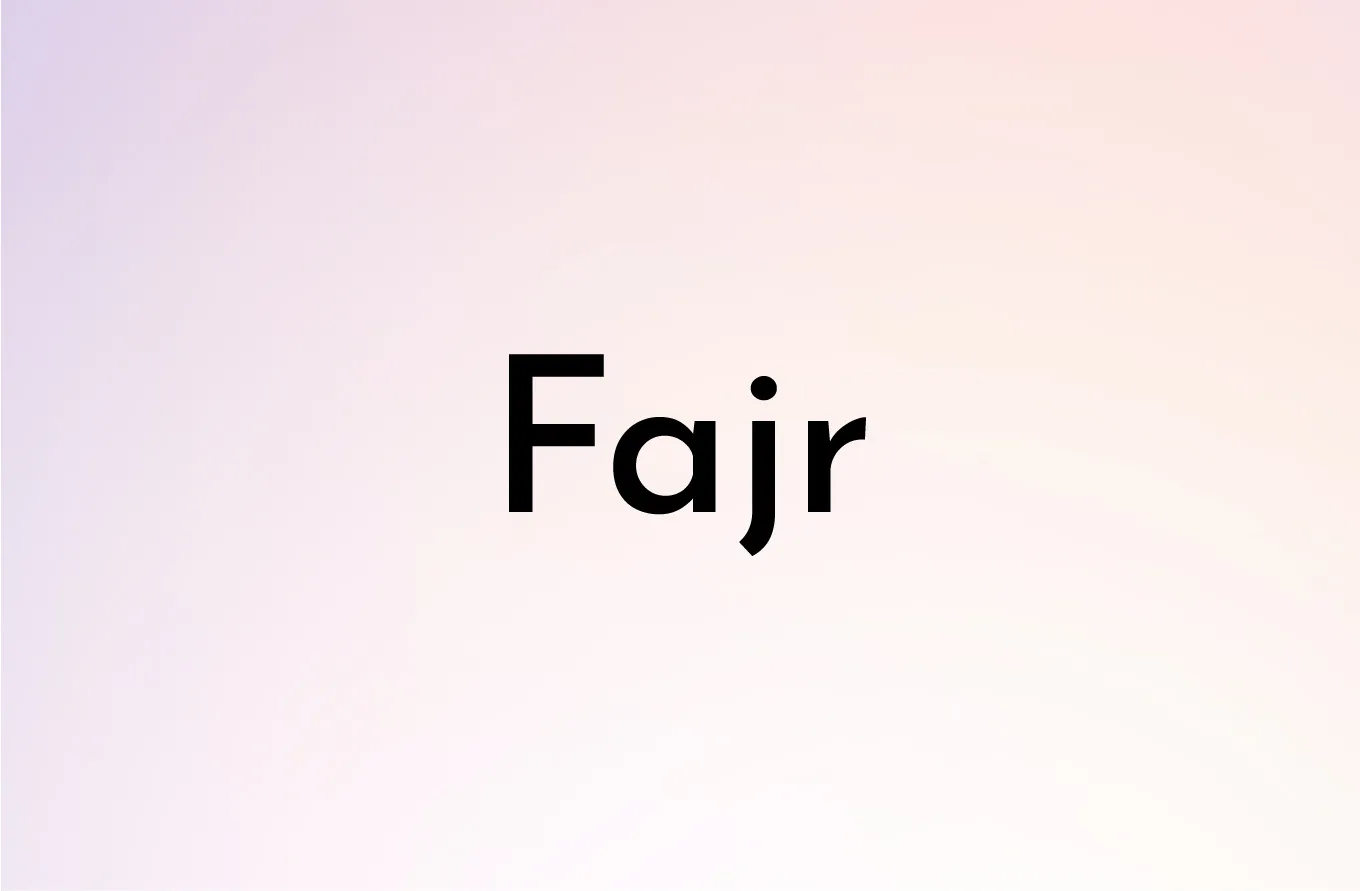How to pray Dhuhr prayer
Dhuhr prayer is the second of the five daily prayers (Salah) performed by practicing Muslims. The Dhuhr prayer is also known as the midday or afternoon prayer. The word Dhuhr means "noon," the prayer is named so because it falls at the midpoint between the day's beginning and end.
The Dhuhr prayer consists of four Sunnah (recommended but not compulsory) rakats, followed by four Fard (obligatory) rakats, then two further Sunnah rakats.
The timing of Dhuhr starts when the sun passes its zenith, or its highest point in the sky, and begins to decline. The prayer time ends when Asr, the afternoon prayer time begins. The exact timing can vary depending on the location and the time of year.
Like other prayers, the Dhuhr prayer involves a specific set of movements and recitations, including standing, bowing, prostrating, and sitting, combined with the recitation of specific verses from the Quran and other prescribed phrases of remembrance.
As with all types of Islamic prayer, the Dhuhr prayer reminds Muslims of their faith throughout the day and keeps their lives focused on submission to Allah. It also provides a means of spiritual refreshment and a break from daily worldly concerns.
Praying Dhuhr (the midday prayer) consists of four units (rakats) of Sunnah prayers, followed by four units of Fard prayers, and then two units of Sunnah prayers. Here is a simplified step-by-step guide on how to perform the Dhuhr prayer:
1. Intention (Niyyah): Begin by making your intention clear in your heart. For Dhuhr prayer, your intention should be to perform four Sunnah rakats first, followed by four Fard rakats, and then two Sunnah rakats of Dhuhr for the sake of Allah.
2. Takbeer: Stand facing the Qibla (the direction of the Kaaba in Mecca), raise both your hands up to your ears and say "Allahu Akbar" (Allah is the Greatest). After saying the Takbeer, fold your hands over your chest, right hand over the left.
3. Recite the Opening Supplication (optional): You can recite the opening supplication: "Subhaanak-Allaahumma, wa bihamdika, wa tabaarakasmuka, wa ta'aalaa jadduka, wa laa ilaaha ghayruka."
4. Recite Surah Al-Fatiha: Recite Surah Al-Fatiha, the opening chapter of the Quran.
5. Recite a Short Surah or Verses from the Quran: After reciting Surah Al-Fatiha, choose a section from the Quran to recite. This could be a short Surah or a few verses from a longer one.
6. Perform Ruku (Bowing Down): Say "Allahu Akbar" and bow down. Your hands should be on your knees, and your back should be flat. In this position, say "Subhana Rabbiyal Adheem" three times.
7. Stand Up from Ruku: Stand up straight and say "Sami' Allahu liman hamidah", followed by "Rabbana wa lakal hamd".
8. Perform Sujood (Prostration): Say "Allahu Akbar" and prostrate on the ground. In this position, say "Subhana Rabbiyal A'la" three times.
9. Sit and Perform Second Sujood: Rise into a sitting position and say "Allahu Akbar." Then, perform the second Sujood just like the first one.
10. Stand for the Second Rakat: After the second Sujood, stand up again, saying "Allahu Akbar" for the second Rakat, and repeat steps 4 to 9.
11. Tashahhud after Second Rakat: After the second Sujood of the second Rakat, sit down for the Tashahhud.
12. Stand for the Remaining Rakats: Stand for the remaining two Sunnah or Fard rakats, repeating steps 4 to 9.
13. Final Tashahhud after Last Rakat: After the last Rakat's second Sujood, sit for the final Tashahhud.
14. End the Prayer (Salaam): After reciting the Tashahhud, end the prayer by turning your face to the right and saying "As-salamu 'alaykum wa rahmat-Allah," and then to the left and repeat the same.
Remember to maintain focus and tranquility throughout the prayer, and make sure to perform each movement and recitation correctly and sincerely. The first four rakats are Sunnah, and the next four are Fard. The Sunnah rakats are considered highly recommended but not obligatory, while the Fard rakats are mandatory. The final two rakats are Sunnah again, like the first four.
While the Sunnah prayers at the beginning and end of Dhuhr are not compulsory, they are highly recommended by the Prophet Muhammad and provide additional spiritual and divine rewards for the worshipper.
Maintain your concentration and humility throughout the prayer. Remember, your prayer is not just physical movements but rather a time of communication, supplication, and remembrance of Allah. It's a moment to find peace, seek forgiveness, and ask for guidance in your life.
Like all Salah, the Dhuhr prayer has many spiritual, physical, and psychological benefits. These include:
1. Spiritual Merit: The Prophet Muhammad (Peace Be Upon Him) emphasized the rewards of performing the Dhuhr prayer, especially in the congregation. It allows a Muslim to earn spiritual merit and Allah's pleasure.
2. The Prophet (ﷺ) said: If anyone keeps on praying regularly four rak’ahs before and four after the noon prayer, he will not enter the Hell-fire. (Sunan Abi Dawud 1269)
3. Prophet Muhammad (PBUH) said, “This is an hour at which the gates of heaven are opened, and I like that my good deeds should rise to heaven at that time.” (Tirmidhi) [Riyad as-Salihin 1117]
4. Allah’s Messenger (ﷺ) said, “If it is very hot, then pray the Zuhr prayer when it becomes (a bit) cooler, as the severity of the heat is from the raging of the Hell-fire.” (Sahih al-Bukhari 533, 534)
5. Psychological Relief: Like all Salah, the Dhuhr prayer provides psychological relief. It offers a break from the stresses and pressures of the day and the opportunity to refocus and find inner peace.
6. Connection with Allah: Performing Dhuhr allows believers to strengthen their connection with Allah, asking for His help, seeking His forgiveness, and remembering Him in the midst of daily activities.
7. Promotes Discipline: Regularly performing the Dhuhr prayer promotes discipline and organization in one's personal and professional life. It helps structure the day around the remembrance of Allah.
8. Community Bonding: For those able to perform Dhuhr in a congregation, it provides a sense of community and belonging, strengthening social bonds among Muslims.
9. Mindfulness: Dhuhr prayer promotes mindfulness and spiritual focus, reminding Muslims of the greater cosmic order and their place within it.
10. Physical Activity: The physical movements involved in Salah, including Dhuhr, promote flexibility and movement, acting as a form of light exercise.
11. Moral Training: Regular Salah, including Dhuhr, is a form of moral and ethical training. It is a constant reminder of the need to do good, be honest, and abstain from harmful actions.
Remember, the primary purpose of Dhuhr, like all forms of Salah, is to serve as a reminder of Allah and to provide a structured means of worship and communication with Him throughout the day.
The Dhuhr, or midday prayer is performed after the sun passes its zenith, or highest point in the sky, and begins to decline. The end of Dhuhr prayer time is just before the Asr (afternoon) prayer time starts.
The start of Dhuhr prayer time is also known as "Zawal." It's important to note that it's forbidden to perform prayer strictly at Zawal, so Muslims wait about 10-15 minutes after Zawal to start the Dhuhr prayer.
The exact time of Dhuhr can vary depending on the location and time of year. Muslims often use prayer schedules provided by their local mosque or Islamic apps and websites that provide precise prayer times based on location.
It's recommended to perform the Dhuhr prayer at its earliest time, but it is acceptable to pray any time during the Dhuhr time window before Asr begins. The exception is the time of the sun at its zenith (Zawal), which should be avoided for starting the prayer.
Muslims who cannot perform the Dhuhr prayer at the beginning of its time due to work or other obligations can perform it at any time within its time window.
Related Posts
0 Comments
Recent Posts

How To Pray Salat Al-Duha?
Salat Al-Duha: Salat al-Duha, also known as Duha prayer, is a voluntary Isla...
Sun 06, 2023
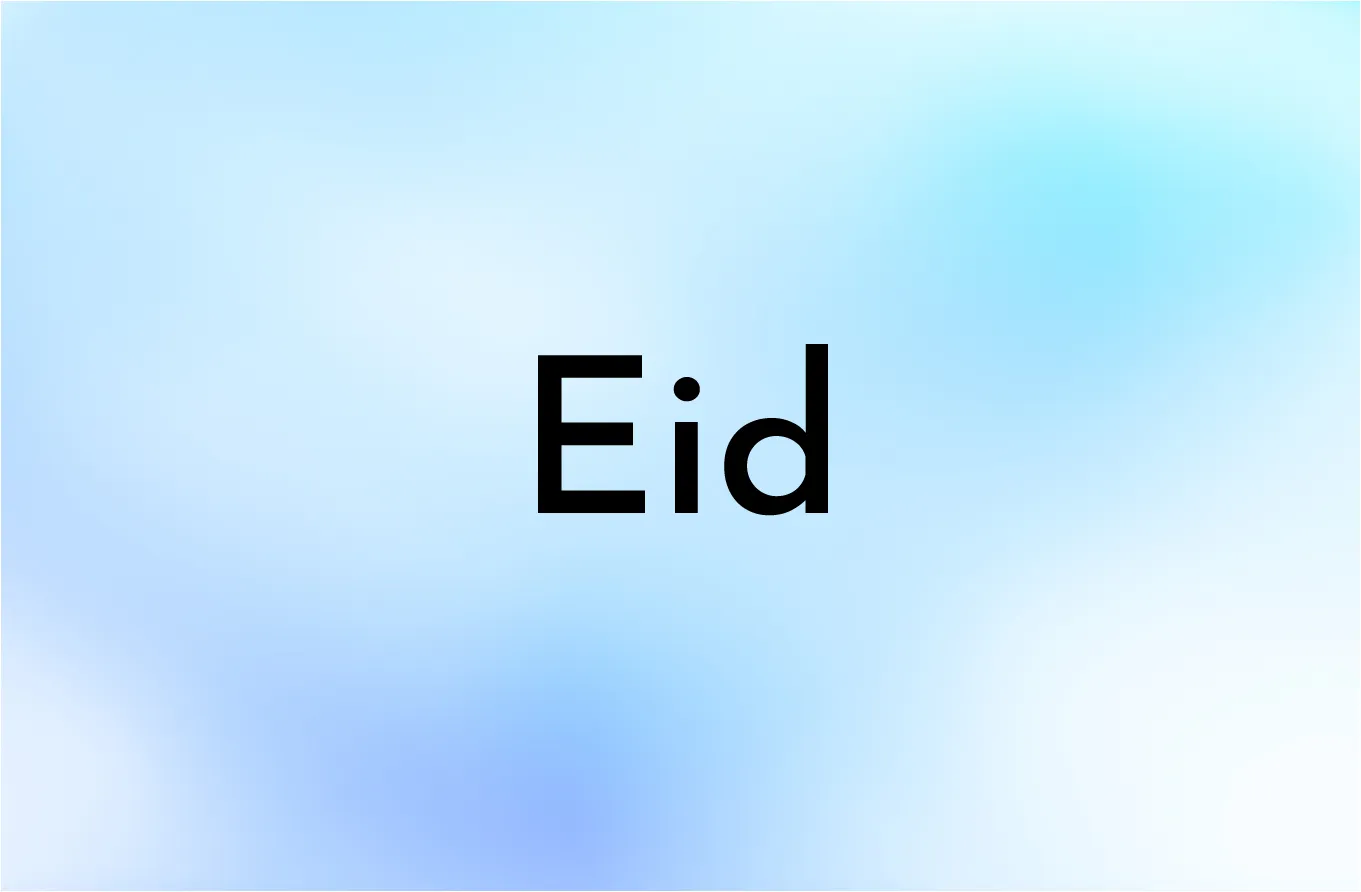
How to Pray Eid Salah (Namaz)?
Eid Prayer: The Eid prayer is a special prayer that Muslims perform to mark...
Sun 06, 2023
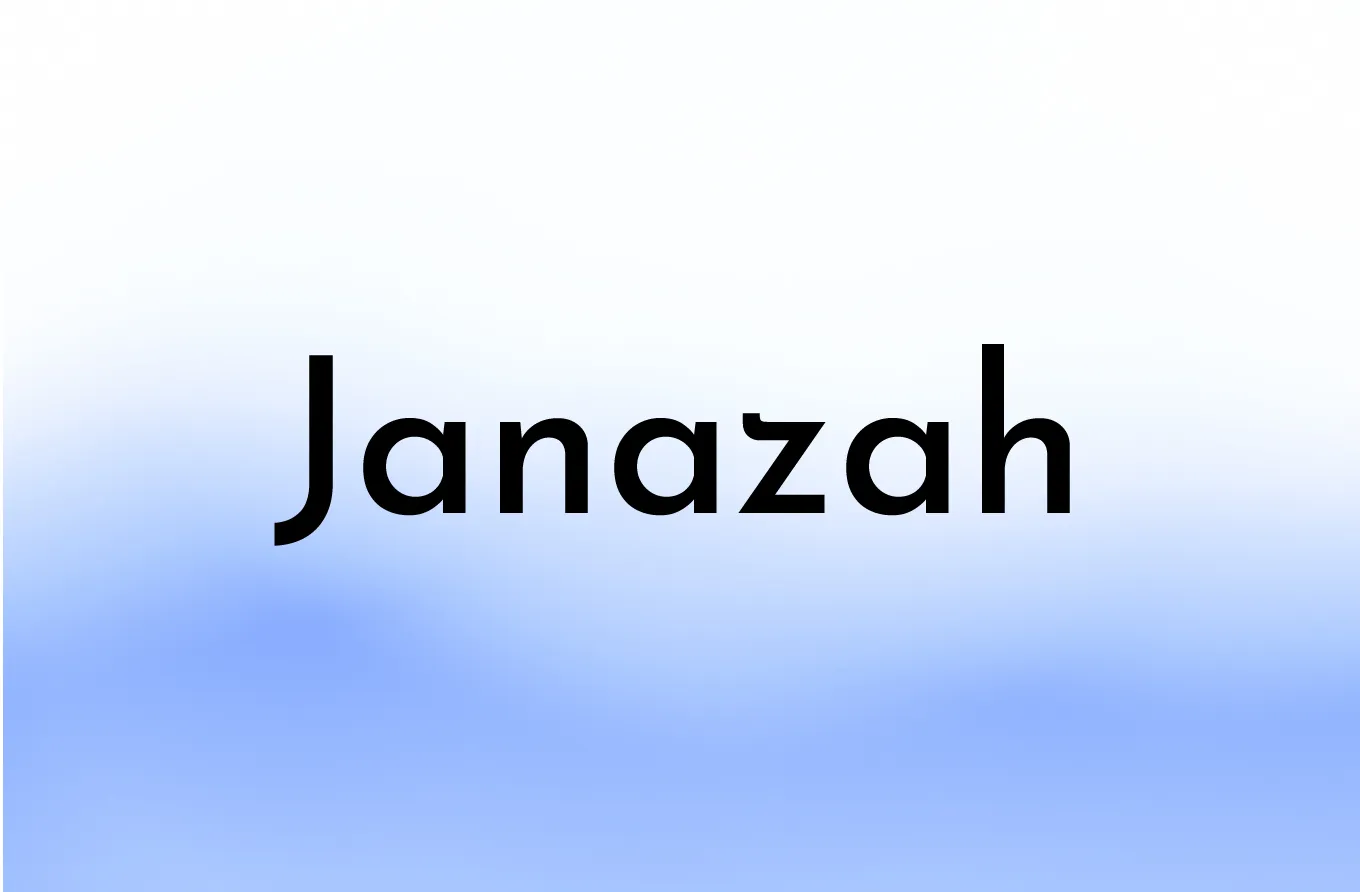
How to pray Salat al-Janazah?
Salat al-Janazah: Salat al-Janazah, also known as the funeral prayer, is a p...
Sun 06, 2023
